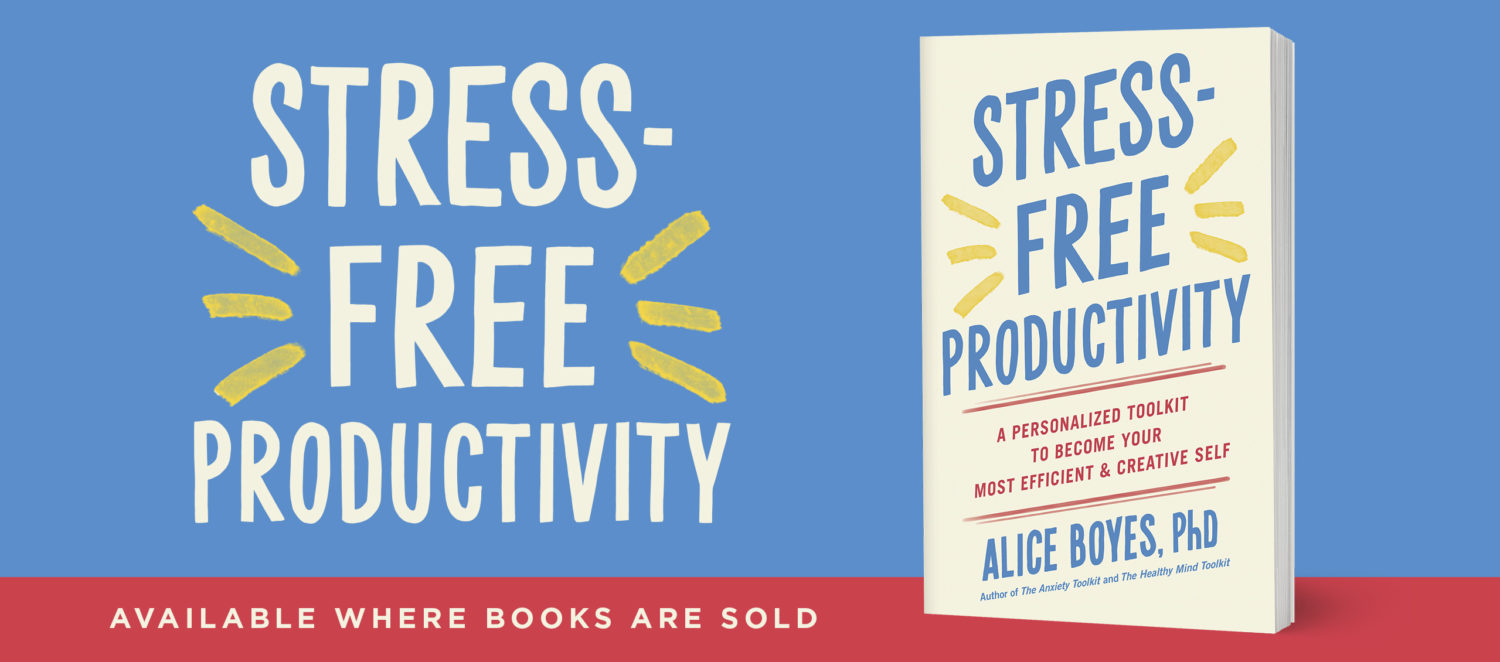Eating Disorders (Anorexia, Bulimia) and Eating Rules
Lots of people who come to treatment for eating disorders don’t realize that developing rigid rules around eating is a common mechanism of eating disorders.
For example, a really common rule is wanting to be the last person to finish eating or to be the last person in the household to eat dinner.
Other rules might be things like
– only using certain utensils/plates
– always weighing/measuring food
– only eating at a certain place or time
– always eating the items on your plate in a particular order
– only eating certain foods at certain times of the day and not other times (e.g. only eating sweet foods after dinner)
– never eating particular foods that you consider binge foods e.g. icecream
People typically think that these rules help them feel less scared about their eating becoming out of control, but here’s where that backfires…
Over time, enacting the rules tends to make people more fearful that IF THEY DIDN’T USE THE RULES their eating would become out of control. People start to see the rules as the only things that are keeping them safe from ballooning.
For many people, their rules become more and more convoluted and restrictive over time. The rules often start getting in the way of the person living their life or lead the person to think that they’re some dreadfully out of control person.
An Alternative to Giving Up Your Rules Cold Turkey
If you feel scared that your eating will become out of control without such rigid rules then you might like an alternative to going cold turkey in giving up your rules.
Try thinking about your anxiety about letting go of your rules on a 0 to 100 scale
0 = no anxiety/easy, to
100 = I think if I had to do that I would explode with anxiety/I think if I had to do that my eating would become permanently out of control.
Write a list of your rules and put a rating next to them (e.g. 10, 40).
For example, not weighing an apple might be 20/100 anxiety. Not weighing a serving of potato chips might be 60/100.
Order them from your lowest rating to your highest rating.
Try to design challenges that you can repeat, or “repeat with a twist”. “Repeat with a twist” means you essentially repeat the same challenge but do it a bit differently. For example, you experiment with eating your banana somewhere different from where you would normally eat it one day, and then do the same with your sandwich the next day.
Start at around 20-30 on the hierarchy (you can start lower if you like) and repeat a challenge that’s at that level 3-5 times or until you are ready to move up a level. You’re in charge.
If you get stuck there are lots of ways to create twists or make hard tasks easier. For example, if you weigh your food you could start with eating one teaspoon more than the amount you typically eat.
Or if you always eat in the same place you could start with eating 2 bites of food in different place.
If you get stuck in making a step up or with a particularly tricky rule, figure out a way to make the step up smaller (as above). It doesn’t matter how small you make it, just get started. Its kind of like the idea of running a marathon seeming impossible but taking one step seeming easy.
As you progress through the hierarchy, things that seemed impossible when you started with start to seem possible.
This is the type of stuff I do with people as part of treatment so if you want help with it, you can get it. (If you are a student or on a low income, this might be an option to help with cost.)
A couple of good questions to ask yourself are:
– Do you know other people who regulate their weight/eating without such rigid rules?
– Have there been times in your own life when your eating and/or weight have been healthier/more stable without such rigid rules? (Surely there were some days in your life when you did normal eating without the rigid rules?)




